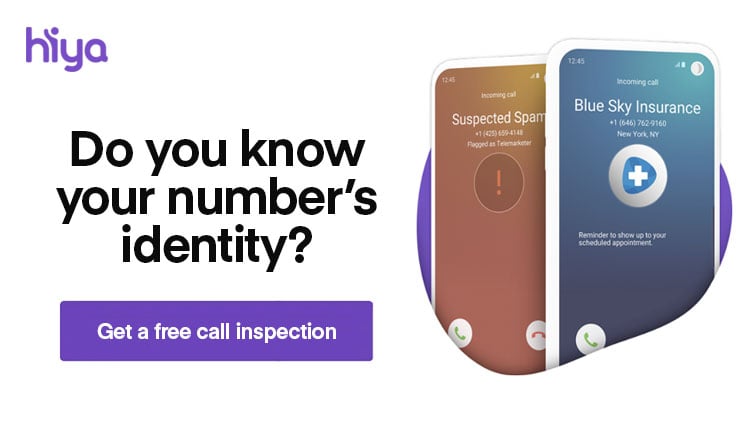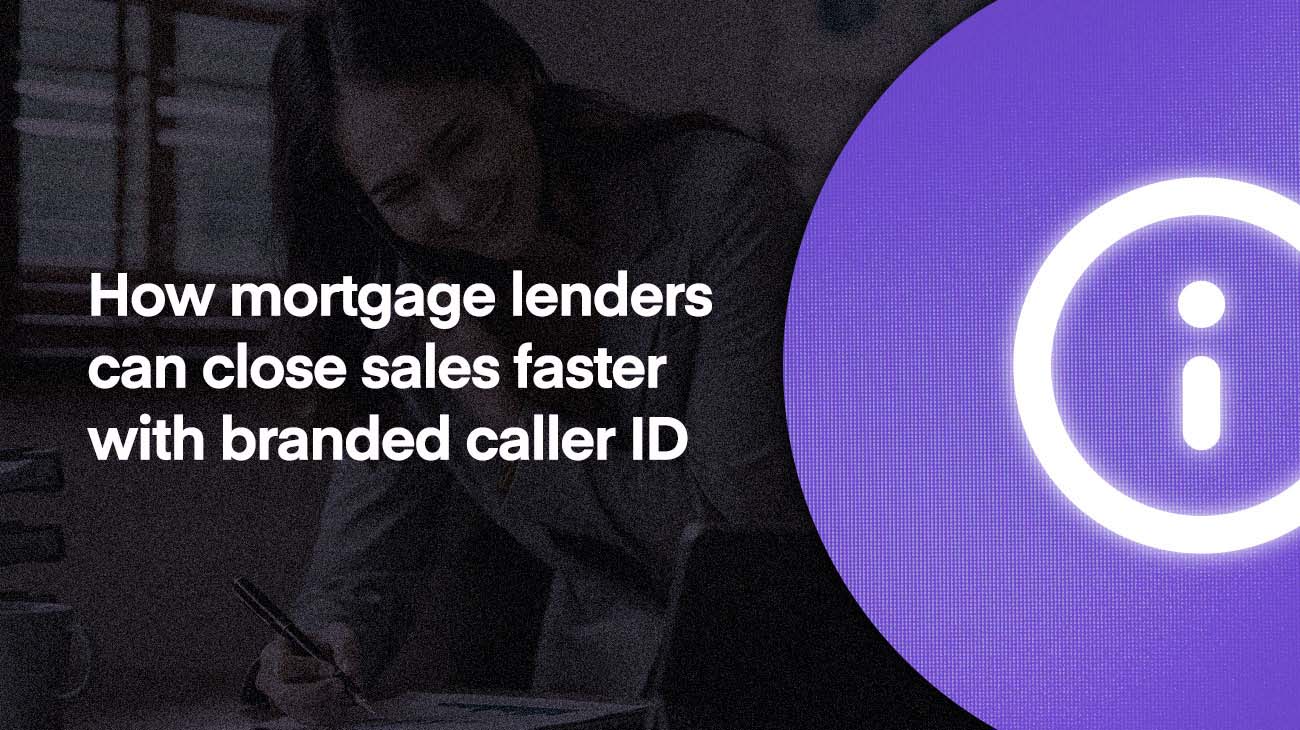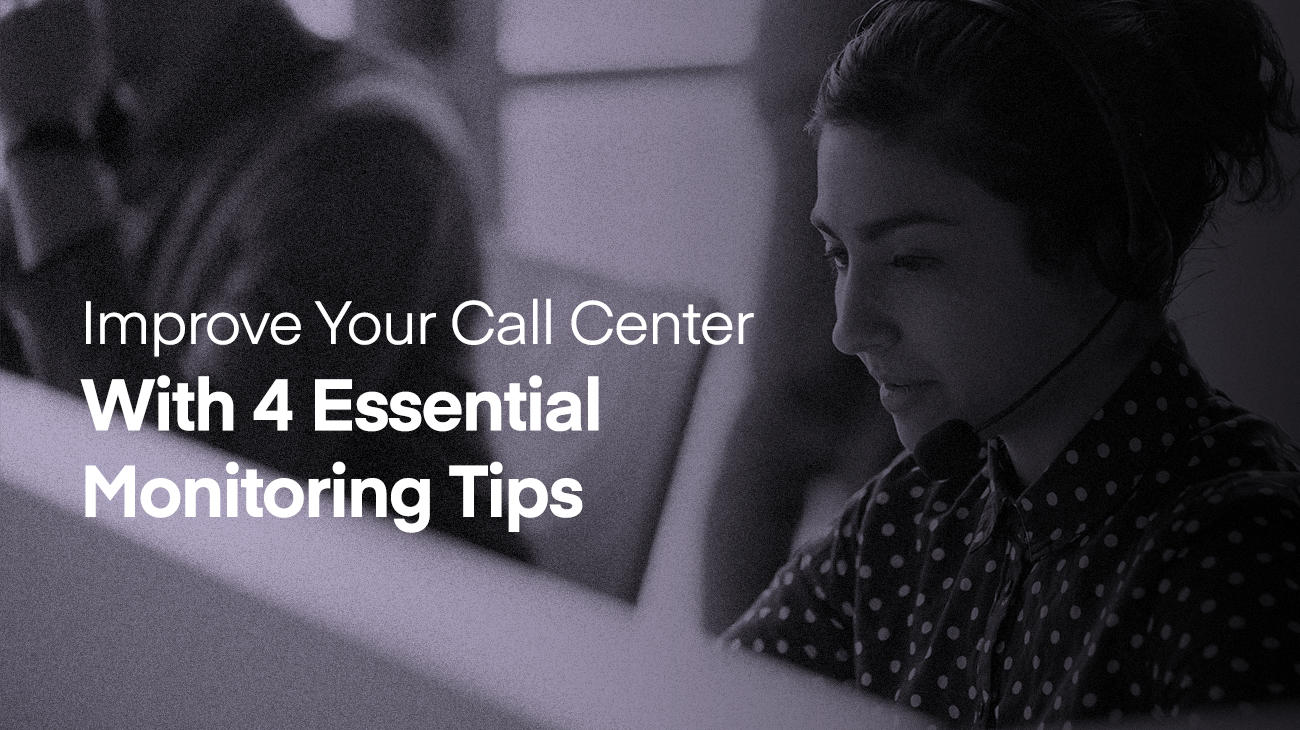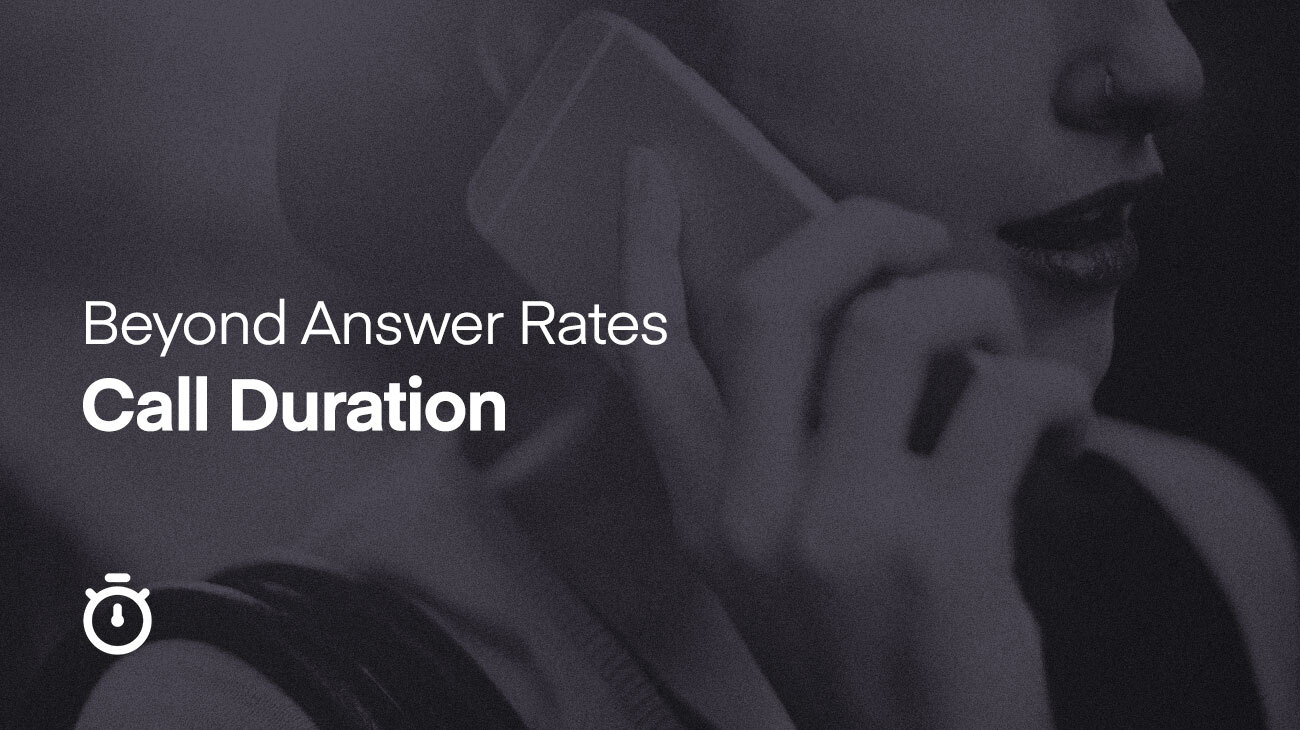Navigating the telecommunication landscape can be a complex task for businesses, especially with the rising tide of spam calls. At Hiya, we believe that understanding the interconnection between call performance, reputation, and carrier spam labels is critical. To aid this understanding and debunk common misconceptions, we'd like to highlight a key metric, our "spam rate," that does exactly this.
What is a spam rate?
Spam rate is a metric tracking the health of your outbound calls. Simply put, this metric tells you what percentage of your outbound calls are displayed with a spam label to your call recipients. By taking into account various factors such as call frequency, patterns, and user feedback, spam rate helps companies gain a comprehensive view of their call reputation.
Debunking a common myth
Before we delve further into the importance of the spam rate, it's crucial to address a common myth prevalent in the industry - the notion that a carrier spam label is permanently attached to a telephone number, not an individual call. This misconception can lead businesses to believe that once a number has been labeled as spam, all subsequent calls from that number will automatically be tagged as spam.
The truth, however, is more nuanced. Carrier spam labels are dynamic and are applied based on various factors related to each individual call. This includes the timing of the call, the frequency of calls made from the number, and the call’s context. As such, the spam label applies to the specific call rather than the number itself, giving businesses the chance to improve their call reputation over time.
Why is spam rate visibility essential for enterprises?
The importance of this metric cannot be overstated for enterprises in the current communication landscape.
- Insightful data: The spam rate provides real-time, actionable insights about how your calls are perceived by recipients. This helps in making informed decisions to improve call deliverability and answer rates.
- Improved call performance: A lower spam rate means that fewer of your calls are being tagged as potential spam, which translates to higher pick-up rates. This helps in enhancing your call performance and overall efficiency.
- Enhanced customer trust: With a lower spam rate, you're seen as a trustworthy caller by your audience. This not only improves customer engagement but also strengthens your brand image.
How can enterprises utilize spam rate?
Understanding your spam rate is the first step in leveraging it for the betterment of your communication strategies. Here's how enterprises can utilize this metric:
- Identify patterns: By analyzing your spam rate over time, you can identify patterns and trends. This can help in pinpointing issues that are causing a higher rate, such as certain times of day when your calls are perceived as spam more frequently.
- Optimize call strategy: Based on the spam rate, businesses can adjust their call strategies. This could mean tweaking call frequency or even reevaluating the targeted demographics.
- Leverage branded caller ID: Hiya offers a branded caller ID solution, which not only helps in reducing your spam rate but also increases the chances of your calls being picked up. A trustworthy caller ID can lead to higher engagement and improved customer relationships.
- Monitor progress: Keep a close watch on how your spam rate changes as you implement different strategies. This will give you a real-world measure of how successful your efforts have been in reducing perceived spam calls.
In summary, the spam rate is an essential tool for businesses to ensure optimal call performance and enhance customer interactions. It provides valuable insights into how carrier spam labels work and busts prevalent myths in the industry. With Hiya Connect, you can make the most of this metric and improve your call reputation for better business outcomes.












